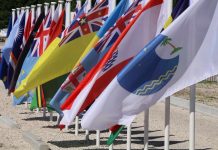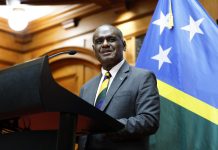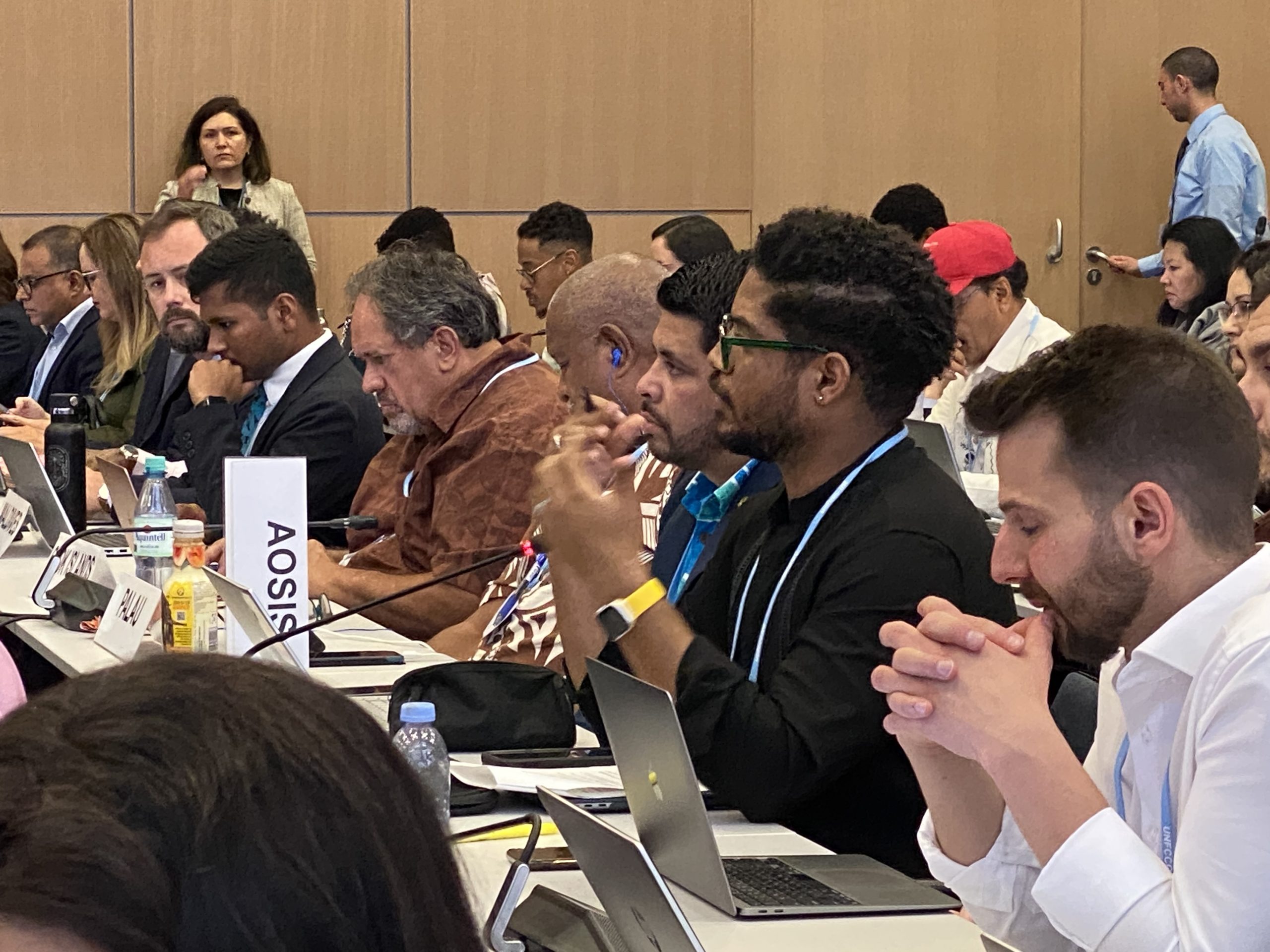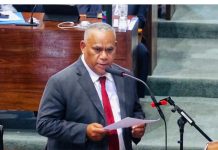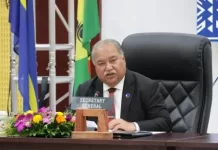The Alliance of Small Island States (AOSIS) has published a substantial proposal aimed at setting a new climate finance goal, the New Collective Quantified Goal on Climate Finance (NCQG).
This initiative seeks to bolster efforts to limit global temperature rise to 1.5 degrees Celsius, in line with the Paris Agreement targets.
As small island nations grapple with the escalating impacts of climate change, AOSIS’s submission highlights the urgent need for robust financial support from developed countries.
The proposal, detailed in a comprehensive document, highlights equity and justice, ensuring that finance flows are consistent with the goals of sustainable development and poverty eradication.
The NCQG framework proposed by AOSIS is multifaceted, comprising an overarching structure, illustrative substantive elements, and guidelines for future iterations.
The plan aims to establish a minimum floor of climate finance, significantly above the current US$100 billion per year target, which is set to expire in 2025.
AOSIS’s submission outlines a four-part structure:
1.Preamble: This sets the context for the goal, the urgency of delivery and the need for equity and justice. It should include at a minimum the legal context, the scientific context, and the developing countries context
2.Operational: This section addresses how to operationalise adequacy, additionality, predictability, transparency, enhanced access, complementarity and coherence, and the special case of small island developing States (SIDS) and least developed countries (LDCs).
3.Relationship with the Convention: This part elaborates on how the NCQG aligns with existing climate agreements and frameworks.
4.Annex: That will elaborate the guidelines for the review and adjustment processes for the goal
The proposal also includes specific targets and operational principles, such as ensuring a balanced allocation of funds for mitigation, adaptation, loss and damage response, readiness support, and transparency provisions.
AOSIS calls for a dynamic approach, with a midterm review in 2030 and an end-of-goal review in 2034 to adjust the financial targets based on evolving needs.
A key lesson from the previous $100 billion per year goal, according to AOSIS, was the lack of clear guidance and precise targeting of funds to the most vulnerable nations.
The new goal seeks to rectify this by setting specific targets and providing detailed guidelines for transparency and access, ensuring that finance flows are directed where they are most needed.



